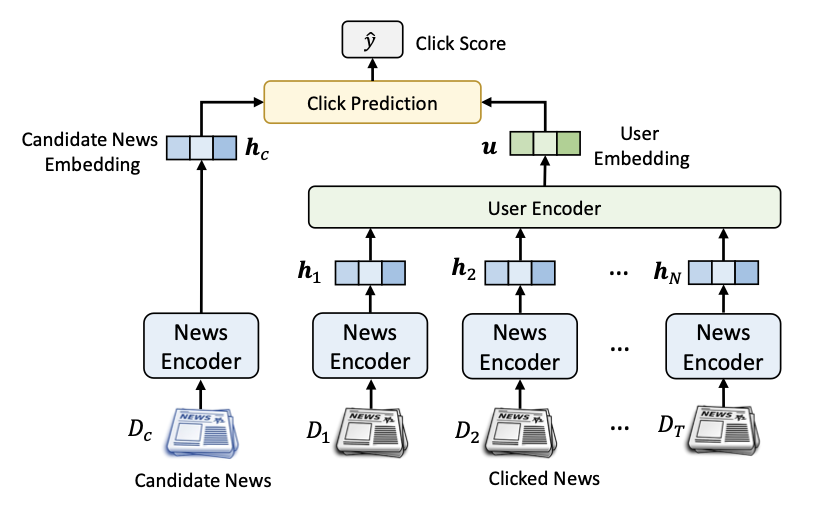1
2
3
4
5
6
7
8
9
10
11
12
13
14
15
16
17
18
19
20
21
22
23
24
25
26
27
28
29
30
31
32
33
34
35
36
37
38
39
40
41
42
43
44
45
46
47
48
49
50
51
52
53
54
55
56
57
58
59
60
61
62
63
64
65
66
67
68
69
70
71
72
73
74
75
76
77
78
79
80
81
82
83
84
85
86
87
88
89
90
91
92
93
94
95
96
97
98
99
100
101
102
103
104
105
106
107
108
109
110
111
112
113
114
115
116
117
118
119
120
121
122
123
124
125
126
127
128
129
130
131
132
133
134
135
136
137
138
139
140
141
142
143
144
145
146
147
148
149
150
151
152
153
154
155
156
157
158
159
160
161
162
163
164
165
166
167
168
169
170
171
172
173
174
175
176
177
178
179
180
181
182
183
184
185
186
187
188
189
190
191
192
193
194
195
196
197
198
199
200
201
202
203
204
205
206
207
208
209
210
211
212
213
214
215
216
217
218
219
220
221
222
223
224
225
226
227
228
229
230
231
232
233
234
235
236
237
238
239
240
241
242
| import os
from typing import List
import fire
import torch
from datasets import load_dataset
from peft import (
LoraConfig,
get_peft_model,
prepare_model_for_int8_training,
set_peft_model_state_dict, PeftModel,
)
from transformers import AutoModelForCausalLM, AutoTokenizer, Trainer, DataCollatorForSeq2Seq, TrainingArguments
from utils.prompter import Prompter
def train(
base_model: str = "",
data_path: str = "./data/train.json",
output_dir: str = "./models",
batch_size: int = 128,
micro_batch_size: int = 4,
num_epochs: int = 3,
learning_rate: float = 3e-4,
cutoff_len: int = 256,
val_set_size: int = 2000,
lora_r: int = 8,
lora_alpha: int = 16,
lora_dropout: float = 0.05,
lora_target_modules: List[str] = [
"q_proj", "o_proj", "k_proj", "v_proj", "gate_proj", "up_proj", "down_proj"
],
train_on_inputs: bool = True,
add_eos_token: bool = False,
group_by_length: bool = False,
wandb_project: str = "",
wandb_run_name: str = "",
wandb_watch: str = "",
wandb_log_model: str = "",
resume_from_checkpoint: str = None,
prompt_template_name: str = "alpaca",
):
assert (
base_model
), "Please specify a --base_model, e.g. --base_model='huggyllama/llama-7b'"
gradient_accumulation_steps = batch_size // micro_batch_size
prompter = Prompter(prompt_template_name)
device_map = "auto"
world_size = int(os.environ.get("WORLD_SIZE", 1))
ddp = world_size != 1
if ddp:
device_map = {"": int(os.environ.get("LOCAL_RANK") or 0)}
gradient_accumulation_steps = gradient_accumulation_steps // world_size
use_wandb = len(wandb_project) > 0 or (
"WANDB_PROJECT" in os.environ and len(os.environ["WANDB_PROJECT"]) > 0
)
if len(wandb_project) > 0:
os.environ["WANDB_PROJECT"] = wandb_project
if len(wandb_watch) > 0:
os.environ["WANDB_WATCH"] = wandb_watch
if len(wandb_log_model) > 0:
os.environ["WANDB_LOG_MODEL"] = wandb_log_model
model = AutoModelForCausalLM.from_pretrained(
base_model,
torch_dtype=torch.float16,
device_map=device_map,
)
tokenizer = AutoTokenizer.from_pretrained(base_model)
tokenizer.pad_token_id = (
0
)
tokenizer.padding_side = "left"
def tokenize(prompt, add_eos_token=True):
result = tokenizer(
prompt,
truncation=True,
max_length=cutoff_len,
padding=False,
return_tensors=None,
)
if (
result["input_ids"][-1] != tokenizer.eos_token_id
and len(result["input_ids"]) < cutoff_len
and add_eos_token
):
result["input_ids"].append(tokenizer.eos_token_id)
result["attention_mask"].append(1)
result["labels"] = result["input_ids"].copy()
return result
def generate_and_tokenize_prompt(data_point):
full_prompt = prompter.generate_prompt(
data_point["instruction"],
data_point["input"],
data_point["output"],
)
tokenized_full_prompt = tokenize(full_prompt)
if not train_on_inputs:
user_prompt = prompter.generate_prompt(
data_point["instruction"], data_point["input"]
)
tokenized_user_prompt = tokenize(
user_prompt, add_eos_token=add_eos_token
)
user_prompt_len = len(tokenized_user_prompt["input_ids"])
if add_eos_token:
user_prompt_len -= 1
tokenized_full_prompt["labels"] = [
-100
] * user_prompt_len + tokenized_full_prompt["labels"][
user_prompt_len:
]
return tokenized_full_prompt
model = prepare_model_for_int8_training(model)
config = LoraConfig(
r=lora_r,
lora_alpha=lora_alpha,
target_modules=lora_target_modules,
lora_dropout=lora_dropout,
bias="none",
task_type="CAUSAL_LM",
)
peft_model = get_peft_model(model, config)
if data_path.endswith(".json") or data_path.endswith(".jsonl"):
data = load_dataset("json", data_files=data_path)
else:
data = load_dataset(data_path)
if resume_from_checkpoint:
checkpoint_name = os.path.join(
resume_from_checkpoint, "pytorch_model.bin"
)
if not os.path.exists(checkpoint_name):
checkpoint_name = os.path.join(
resume_from_checkpoint, "adapter_model.bin"
)
resume_from_checkpoint = (
False
)
if os.path.exists(checkpoint_name):
print(f"Restarting from {checkpoint_name}")
adapters_weights = torch.load(checkpoint_name)
set_peft_model_state_dict(peft_model, adapters_weights)
else:
print(f"Checkpoint {checkpoint_name} not found")
peft_model.print_trainable_parameters()
if val_set_size > 0:
train_val = data["train"].train_test_split(
test_size=val_set_size, shuffle=True, seed=42
)
train_data = (
train_val["train"].shuffle().map(generate_and_tokenize_prompt)
)
val_data = (
train_val["test"].shuffle().map(generate_and_tokenize_prompt)
)
else:
train_data = data["train"].shuffle().map(generate_and_tokenize_prompt)
val_data = None
if not ddp and torch.cuda.device_count() > 1:
peft_model.is_parallelizable = True
peft_model.model_parallel = True
trainer = Trainer(
model=peft_model,
train_dataset=train_data,
eval_dataset=val_data,
args=TrainingArguments(
per_device_train_batch_size=micro_batch_size,
gradient_accumulation_steps=gradient_accumulation_steps,
warmup_steps=100,
num_train_epochs=num_epochs,
learning_rate=learning_rate,
logging_steps=10,
optim="adamw_torch",
evaluation_strategy="steps" if val_set_size > 0 else "no",
save_strategy="steps",
eval_steps=200 if val_set_size > 0 else None,
save_steps=200,
output_dir=output_dir,
save_total_limit=3,
load_best_model_at_end=True if val_set_size > 0 else False,
ddp_find_unused_parameters=False if ddp else None,
group_by_length=group_by_length,
report_to="wandb" if use_wandb else None,
run_name=wandb_run_name if use_wandb else None,
),
data_collator=DataCollatorForSeq2Seq(
tokenizer, pad_to_multiple_of=8, return_tensors="pt", padding=True
),
)
peft_model.config.use_cache = False
trainer.train(resume_from_checkpoint=resume_from_checkpoint)
trainer.model.save_pretrained(output_dir)
tokenizer.save_pretrained(output_dir)
model_to_merge = PeftModel.from_pretrained(
AutoModelForCausalLM.from_pretrained(base_model), output_dir)
merged_model = model_to_merge.merge_and_unload()
merged_model.save_pretrained(output_dir)
if __name__ == "__main__":
fire.Fire(train)
|





